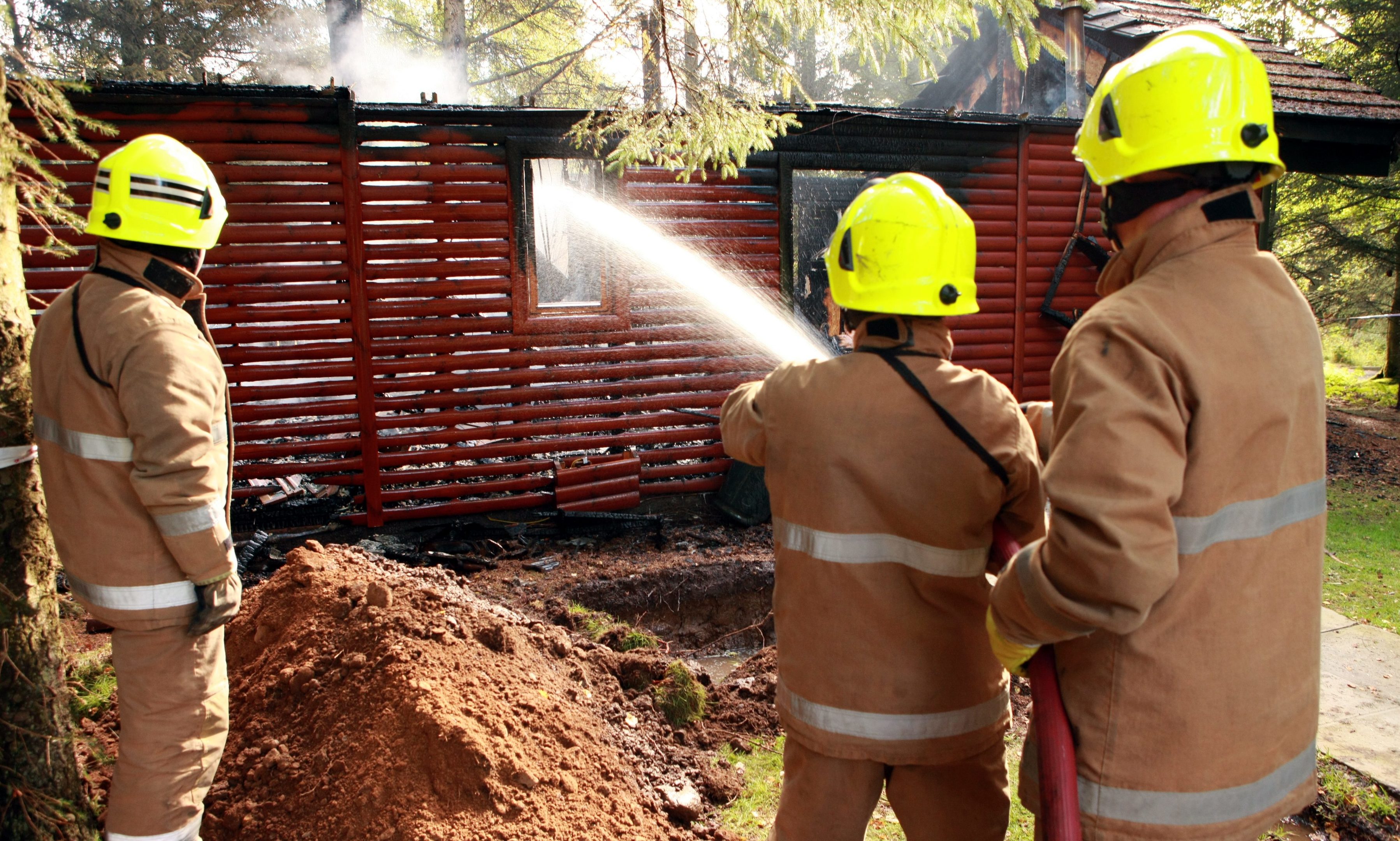More people are being killed in fires in Scotland and the number of blazes is also on the rise, according to new figures.
A total of 45 people across the country were killed in fires from April 2015 to 16, four more than in 2014/15.
Fire investigators said six of those who died in 2015/16 were deemed to be suicides, two fewer than the previous year.
A Scottish Fire and Rescue Service (SFRS) report revealed the fire fatality rate in Scotland in 2015/16 is higher than England and Wales at 8.4 deaths per million of population, compared to 5.5 and 6.1 respectively.
The service warned the relatively small numbers involved make the fire fatality rate “a volatile measure” and added that in the past decade the rate has been higher in Scotland than the rest of Britain.
The report shows the number of injured survivors of fires has increased by 14% from 1,101 in 2014/15 to 1,256 the following year.
The number of fires attended across Scotland has also increased in the same period, up 6%, or 1,588 incidents, to 26,613.
The number of fires attended has fallen by 45% in a decade but the fire rate per million of population in Scotland in 2015/16 – 4,953 – is almost 2,000 higher than England at 2,598 and higher than Wales (3,908).
More than half of the incidents firefighters are called out to are false alarms (56%) and hoax false alarm calls are also increasing – to 2,375 in 2015/16 compared to 2,058 the previous year.
A total of 5% of false alarms were malicious while 77% were due to automatic calls from fire alarms or equipment.
Scottish Liberal Democrat justice spokesman Liam McArthur warned malicious calls were putting lives at risk.
He said: “The (fire) service has lost 1,000 staff since the SNP’s centralisation and, combined with their attending 4,000 more incidents last year, more malicious calls is something that they could really do without.
“SFRS officers are responding to more fires and playing an important role in other incidents where lives are at risk.
“Malicious calls prevent the SFRS responding to genuine emergencies. We should be blunt about this – these calls are putting lives in danger.”
The figures come just days after another fatal fire in Courier country, when an elderly woman died in a blaze at her sheltered housing in St Andrews.







